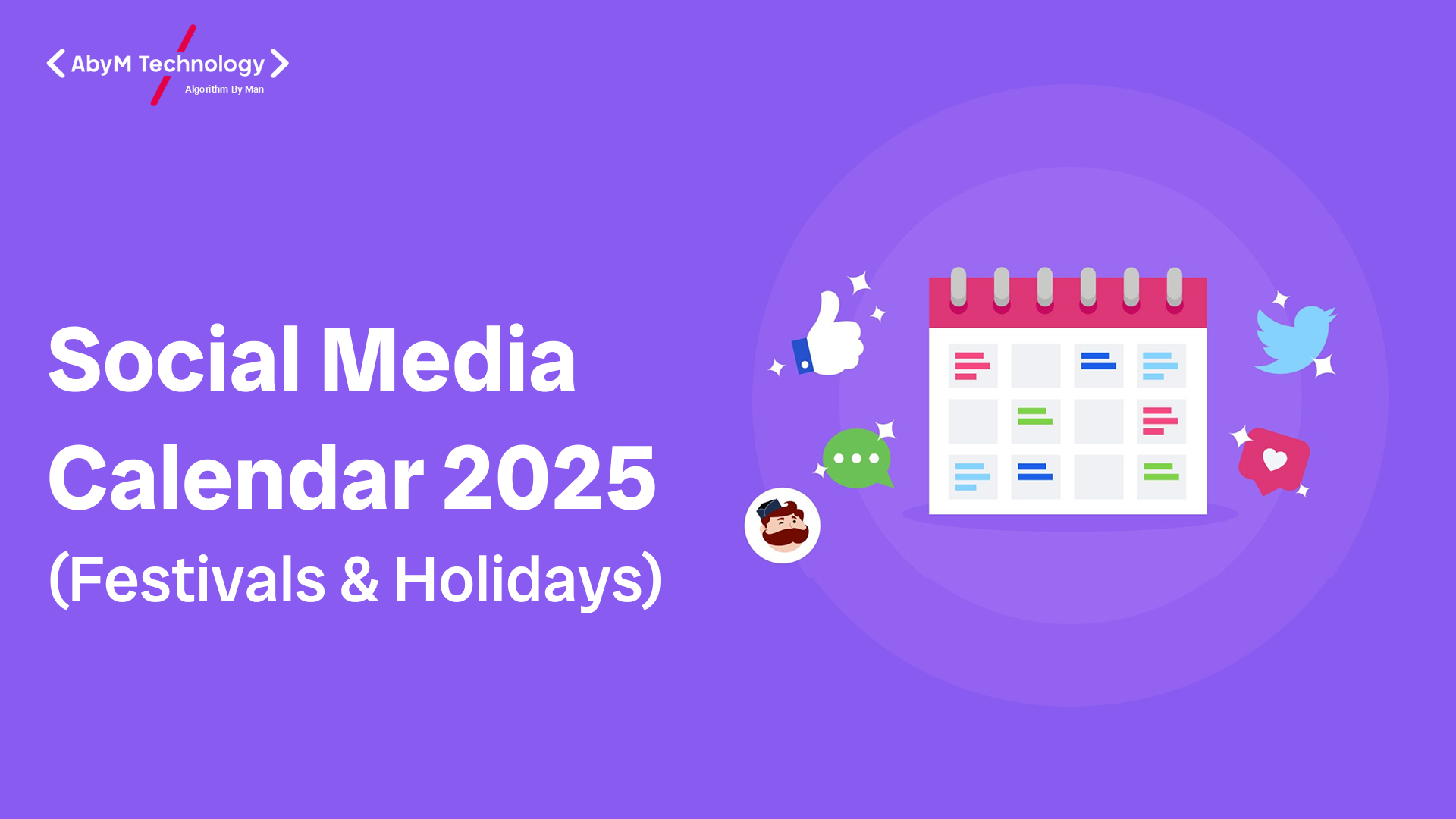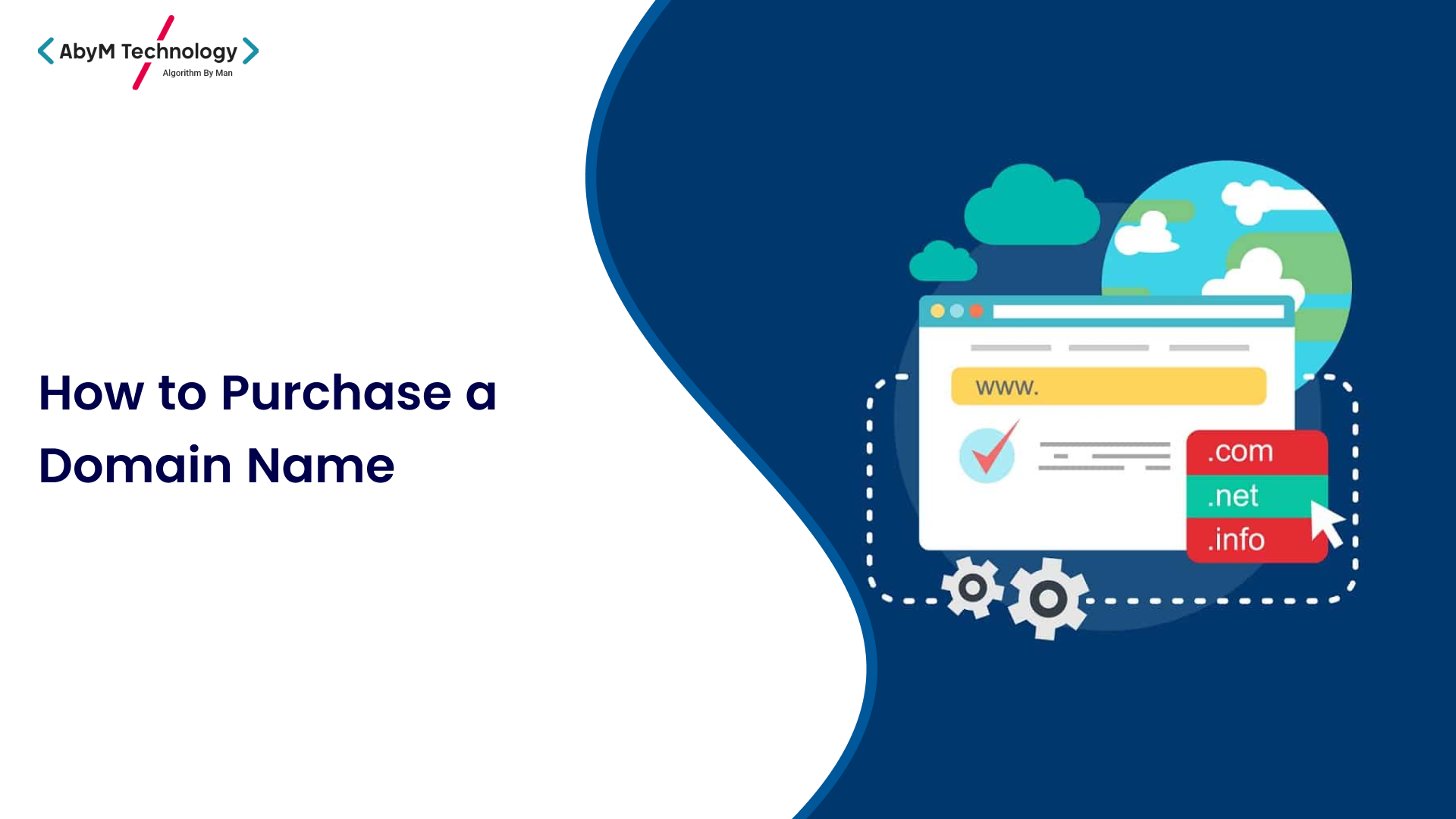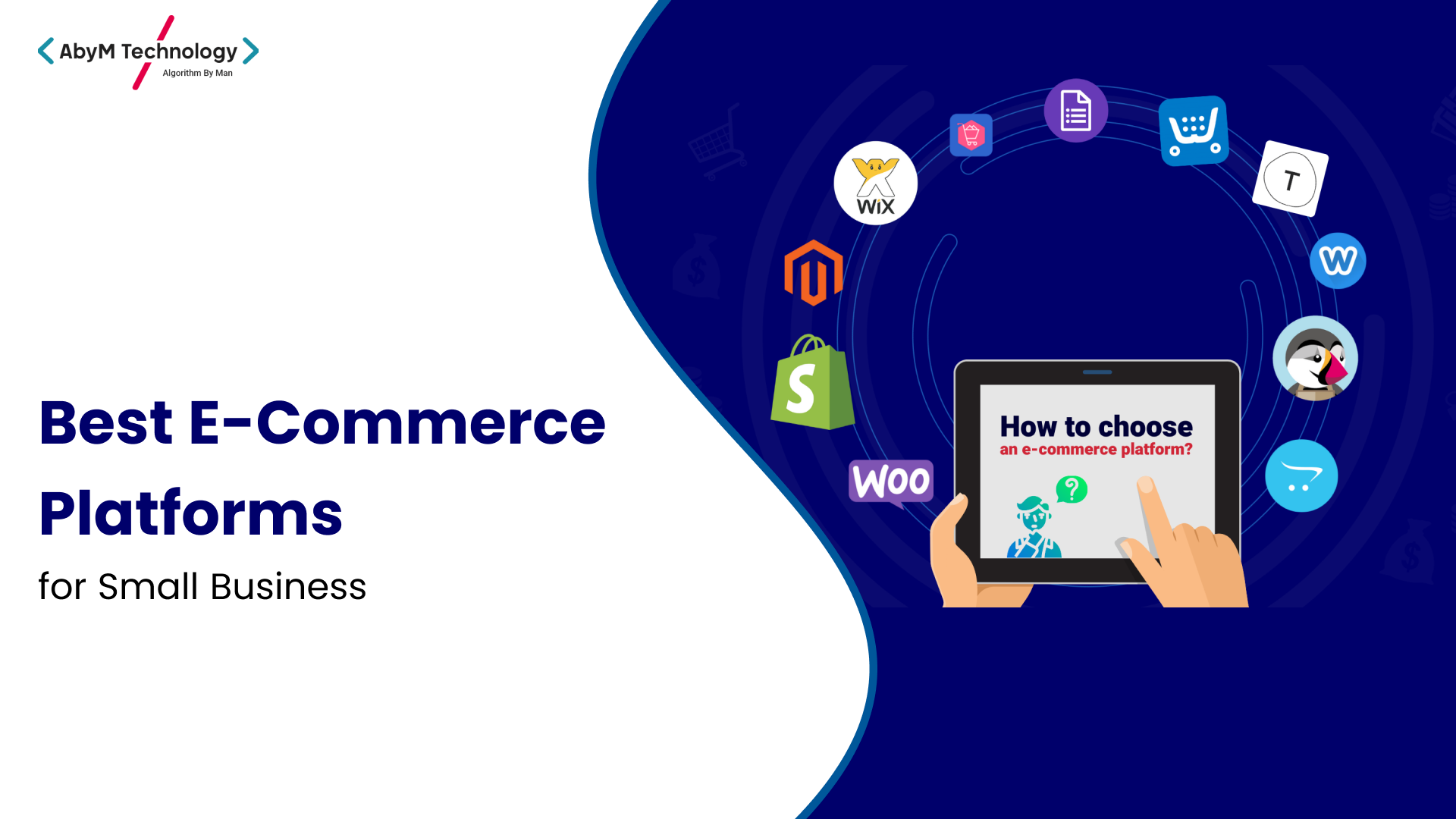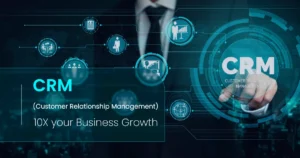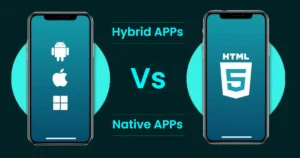How to Find Your Target Audience

Understanding your target audience is fundamental to the success of any marketing strategy. Without a clear definition of who your audience is, even the most compelling content, innovative products, or powerful campaigns can fall flat. Whether you are a startup building your brand or an established business seeking to improve customer engagement, identifying the right target audience will help streamline your marketing efforts, boost conversions, and drive sustainable growth.
In this article, we explore a step-by-step approach to help you find and define your ideal target audience, backed by practical insights and best practices that align with modern business needs.
What is a Target Audience?
A target audience refers to a specific group of people who are most likely to benefit from your products or services. This group shares common characteristics such as age, gender, interests, location, profession, pain points, or buying behaviors. By understanding who your ideal customers are, you can tailor your messaging, refine your offerings, and focus your marketing spend more effectively.
Why Identifying Your Target Audience is Important
Before diving into how to find your target audience, it’s crucial to understand why this step matters. Here are key benefits of clearly defining your audience:
-
Cost-effective Marketing: Avoid wasting resources by focusing on people who are genuinely interested in your products.
-
Better Engagement: Speak directly to your audience’s needs and challenges, resulting in higher engagement and brand loyalty.
-
Improved Product Development: Know what features or solutions your audience values most.
-
Higher Conversion Rates: Personalized content and targeted ads significantly increase the chances of converting leads into customers.
Step-by-Step Guide to Finding Your Target Audience
1. Analyze Your Existing Customer Base
Start with what you already know. Look at your current customers and identify common traits. Who are your most loyal customers? What do they buy? How did they find your brand?
Key data points to analyze:
-
Demographics (age, gender, location)
-
Profession or industry
-
Purchase history
-
Feedback or reviews
-
Engagement with marketing campaigns
Use analytics tools like Google Analytics, CRM systems, or customer feedback forms to extract these insights.
2. Study Your Competitors
Your competitors may have already done the heavy lifting in identifying and attracting a similar audience. Analyzing their customer base and marketing approach can offer valuable clues.
What to look for:
-
Who follows them on social media?
-
What type of content do they publish?
-
How do their customers engage with them?
-
What are customers saying in reviews and testimonials?
This competitive research will help you discover gaps or opportunities to serve a niche they might be overlooking.
3. Conduct Market Research
If you’re launching a new product or entering a new market, fresh research is essential. Use qualitative and quantitative methods to gather deep insights.
Effective market research methods include:
-
Online surveys and polls
-
One-on-one interviews
-
Focus groups
-
Industry reports and studies
-
Social listening and sentiment analysis
These methods will help you understand your potential customers’ behaviors, motivations, and unmet needs.
4. Create Buyer Personas
Once you’ve gathered enough data, compile it into detailed buyer personas. A buyer persona is a semi-fictional representation of your ideal customer, based on real data and market research.
Include details such as:
-
Name, age, gender, and job title
-
Goals and challenges
-
Hobbies and interests
-
Buying behavior and preferred channels
-
Pain points and decision-making factors
Creating 2–3 core personas helps you visualize and communicate more effectively with your target audience across various channels.
5. Define Demographic and Psychographic Segments
Understanding demographics is essential, but it’s equally important to delve into psychographics—your audience’s lifestyle, values, attitudes, and interests.
Demographic segments might include:
-
Age group: Millennials, Gen Z, Baby Boomers
-
Income level
-
Education background
-
Geographic location
Psychographic traits include:
-
Values and beliefs
-
Personality traits
-
Spending habits
-
Media consumption patterns
Combining these insights allows you to tailor marketing strategies with greater precision and emotional relevance.
6. Leverage Social Media Insights
Social media platforms offer a goldmine of audience data. Use tools like Meta Audience Insights, LinkedIn Analytics, and Twitter Analytics to gather behavioral trends, interests, and engagement patterns.
You can track:
-
What content your followers engage with
-
Peak interaction times
-
Popular hashtags and trends
-
Follower growth and demographics
This real-time data is invaluable for refining your audience strategy continuously.
7. Test, Refine, and Segment
Finding your target audience is not a one-time activity—it’s an ongoing process. Use A/B testing, performance analytics, and customer feedback to fine-tune your approach.
Ways to test and segment include:
-
Creating targeted landing pages for each persona
-
Running separate ad campaigns for different segments
-
Sending segmented email newsletters
-
Tracking conversion metrics by group
Continual refinement helps improve ROI and ensures your messaging stays relevant as customer needs evolve.
Tools That Can Help You Define Your Target Audience
Here are some recommended tools to support your audience discovery process:
-
Google Analytics – Understand visitor behavior and traffic sources
-
HubSpot CRM – Manage contact data and segment leads
-
SEMrush or Ahrefs – Perform competitive and keyword research
-
Typeform or SurveyMonkey – Conduct customer surveys
-
BuzzSumo – Discover trending content and influencers in your niche
Using these tools effectively ensures data-driven decisions and more accurate audience segmentation.
Final Thoughts
Finding your target audience is the foundation of every successful marketing and sales initiative. When you know exactly who you’re speaking to, you can craft tailored messages that resonate, develop products that meet real needs, and build long-term relationships with your customers.
Invest the time to research, analyze, and understand your audience deeply. The result? Smarter marketing, stronger engagement, and more profitable growth.


